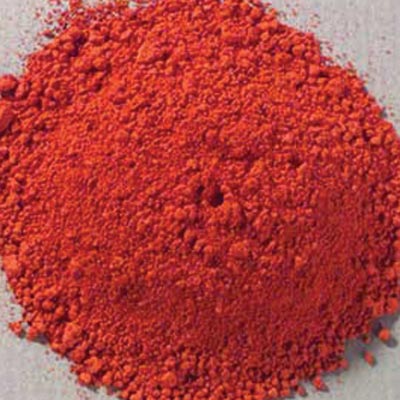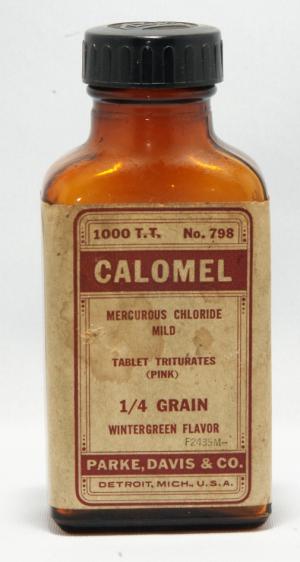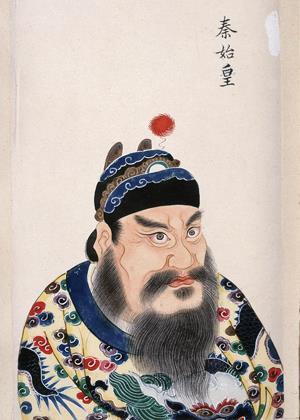
Hi, everybody! I’m Dr. David J. Chao. You may know me from Twitter as ProFootballDoc, where I give insight on potential player injuries as I watch game action in real time. You may also potentially know me for my scandal-filled years as the team doctor for the San Diego Chargers, where I dealt with many medical malpractice lawsuits and was also characterized by former esteemed sports blog Deadspin as “a drunk quack.” I’ve had multiple DUIs, been held responsible for hundreds of illegal painkiller prescriptions, disfigured and maimed a number of surgical patients, and may even technically be responsible for Junior Seau’s tragic and untimely death. In the medical profession, this is all simply referred to as “gaining extensive experience”.
This makes me the perfect person to serve as the dean of Hollywood Upstairs Medical College, particularly since my esteemed colleague and former head of school Dr. Nick Riviera passed away tragically earlier this year after overdosing on ivermectin while attempting to treat his own COVID-19 case. Shame, really. We lost a good man.

For starters, did you know that mercury was used not only to treat syphilis and much, much more, but also to grant immortality to drinkers in ancient China?
MERCURY: NOT JUST FOR THERMOMETERS ANYMORE!
What are the positives of this treatment?
Literally none. This will literally always kill you. One way or another, you’re going to end up dead – but some patients may wish they’d opted for a bigger dose by the time the end is nigh.
What are the negatives of this treatment?
Mercury vapor and/or oral ingestion damages internal organs quite severely – particularly lung and kidney damage. It can also severely affect neurological development and cognitive ability of fetuses and those with prolonged exposure to high doses. Erethism, or “Mad Hatter’s Disease”, as best shown in Lewis Carroll’s Alice in Wonderland (and the subsequent Disney animated film adaptation) was highly prominent in early Industrial Revolution England, due to the preference for hatmakers to use mercury when felting the wool taken from animal pelts. Not much can be done to treat prolonged exposure to high levels of mercury, save for improved oxygen flow, fluids, and sometimes drugs for increasing airflow to the lungs known as bronchodilators.

Regardless of its efficacy, we doctors have loved mercury – for thousands of years, and all across the globe! Let’s look at a few different ways it’s been used over the millennia!
Ancient Egyptians, along with contemporary societies in Mesopotamia, India, and Asia, were big believers in mercury. Cinnabar, or mercury sulfide, is a red powder that was used as a pigment to color many objects, and harder forms were also carved into jewelry. Mercury was highly valued for helping to separate gold and silver in mining operations, so it was also prized by alchemists in many early experiments.




Mercury continues to be used in modern dental practises in the form of amalgam, which is a series of various amounts of powdered silver, tin, and copper, mixed with (liquid) elemental mercury that forms a paste. It’s considered to be “safe”, even by the FDA, but research into alternatives, using materials like plastic and powdered glass to create resin, is ongoing.

We need to consider the short and long-term impacts of climate change on human activity and health. If the temperature of the planet continues to increase, it stands to reason that the relative body temperature of human beings could stand to increase somewhat as well – relative temperature is common in many cold-blooded creatures that could likely be introduced to warm-blooded humans with some clinical study. As the mercury in a thermometer increases in temperature, it also expands in size; this could provide fire in the belly to get people motivated during their day to day lives. An increase in a mercury-based diet might be a useful thing for the general population.
It is still important to consider that mercury is a toxic element; it is normally neutralized in cleanup procedures with sulfur powder, which is generally fairly harmless to humans. By combining both these ingredients into a shared dosage, it can be argued that the patient will receive the warming glow of mercury without its associated toxicity; the only downside now is that the patient’s flatulence will likely increase significantly in quantity and decrease significantly in pleasantness of odor. With improved ventilation in shared indoor spaces this will likely be a non-issue, and indeed, increased flatulence could also potentially be an aid for enhanced athletic performance!
All in all, the downsides to mercury, though known for thousands of years, have, until now, been made to sound frightening. But stick with my advice, and you’ll have nothing to worry about! Thanks for stopping by my office.
***
Information for this article taken from here, here, here, here, here, here, here, here, here, here, here, here, here, and here. Banner image by The Maestro.